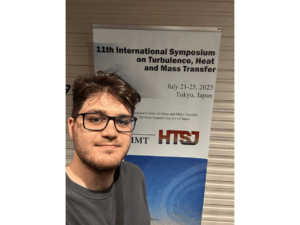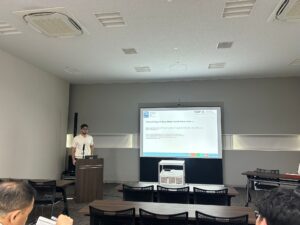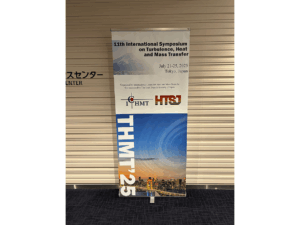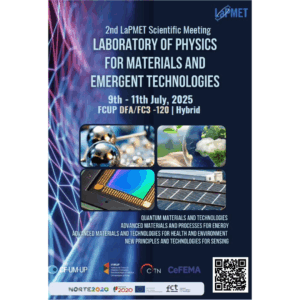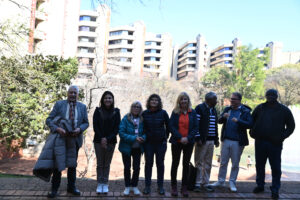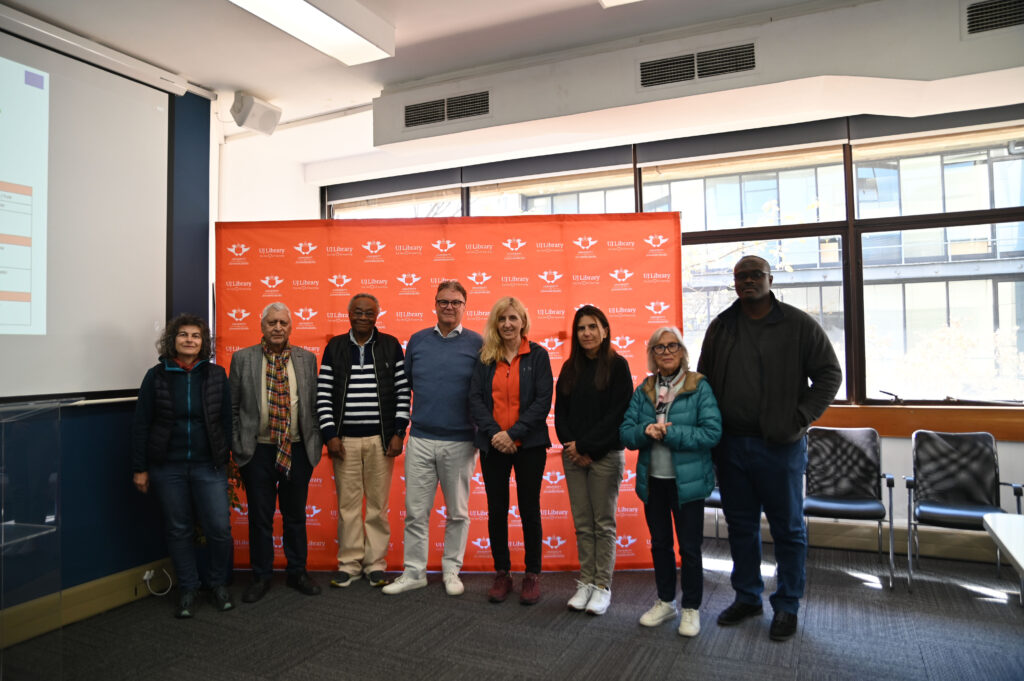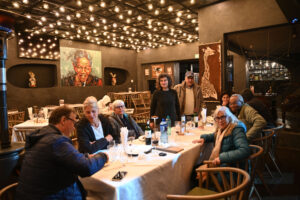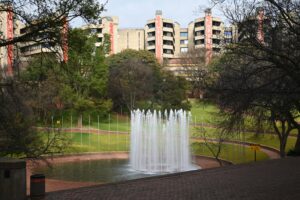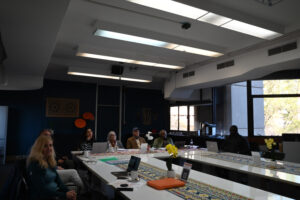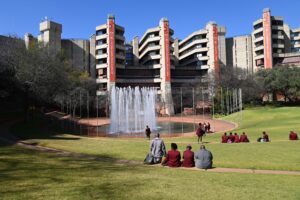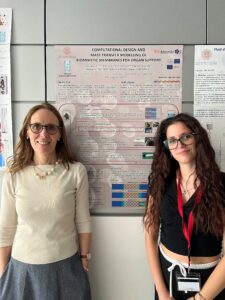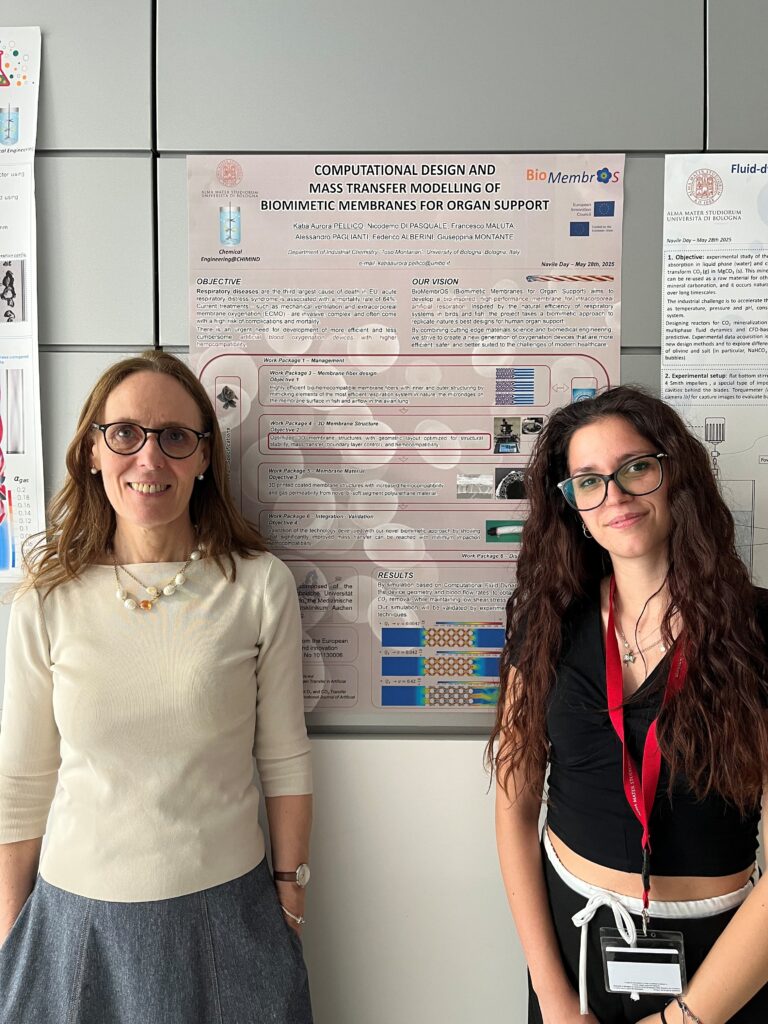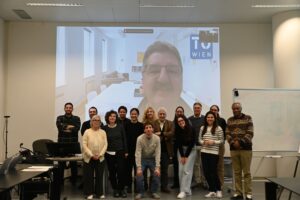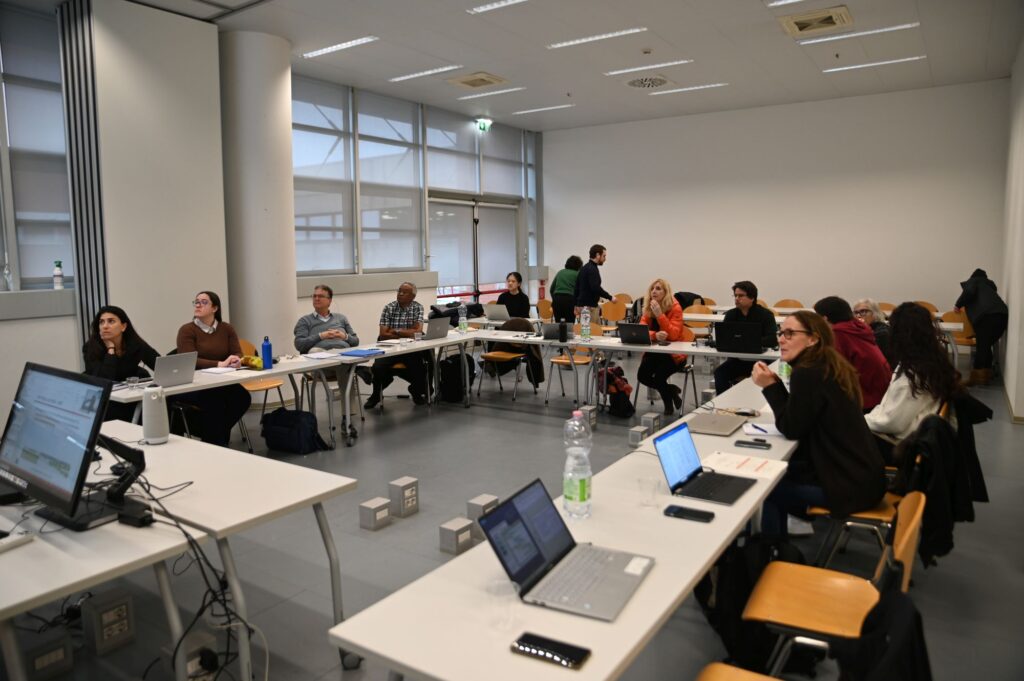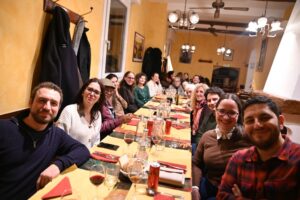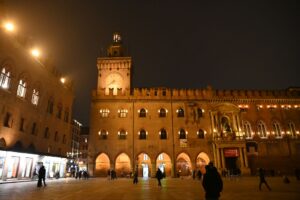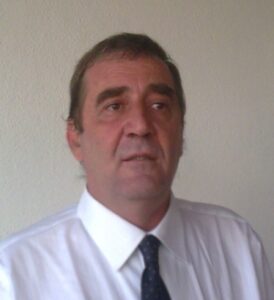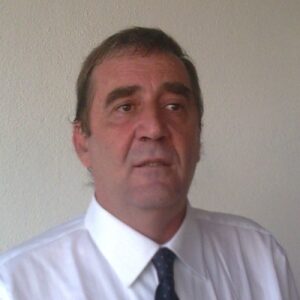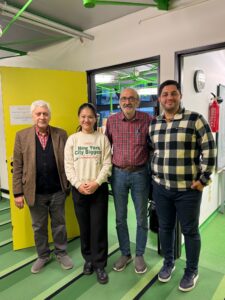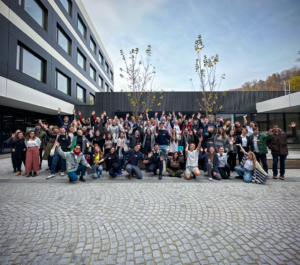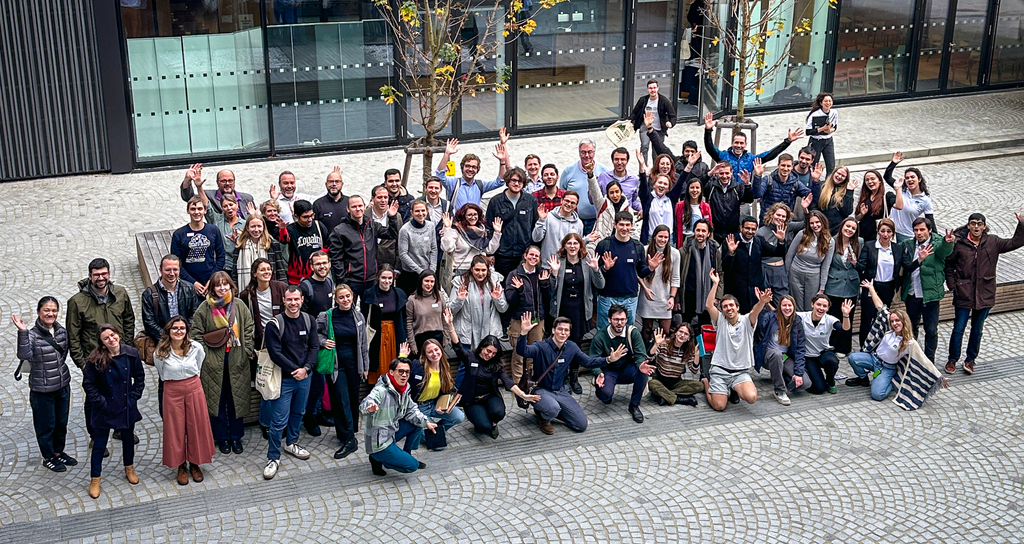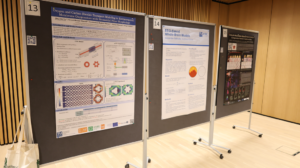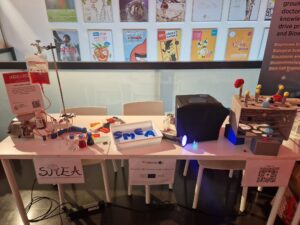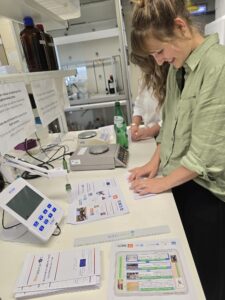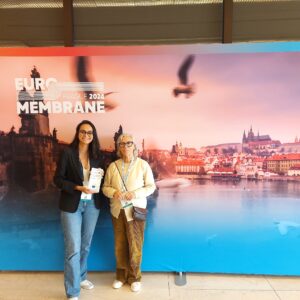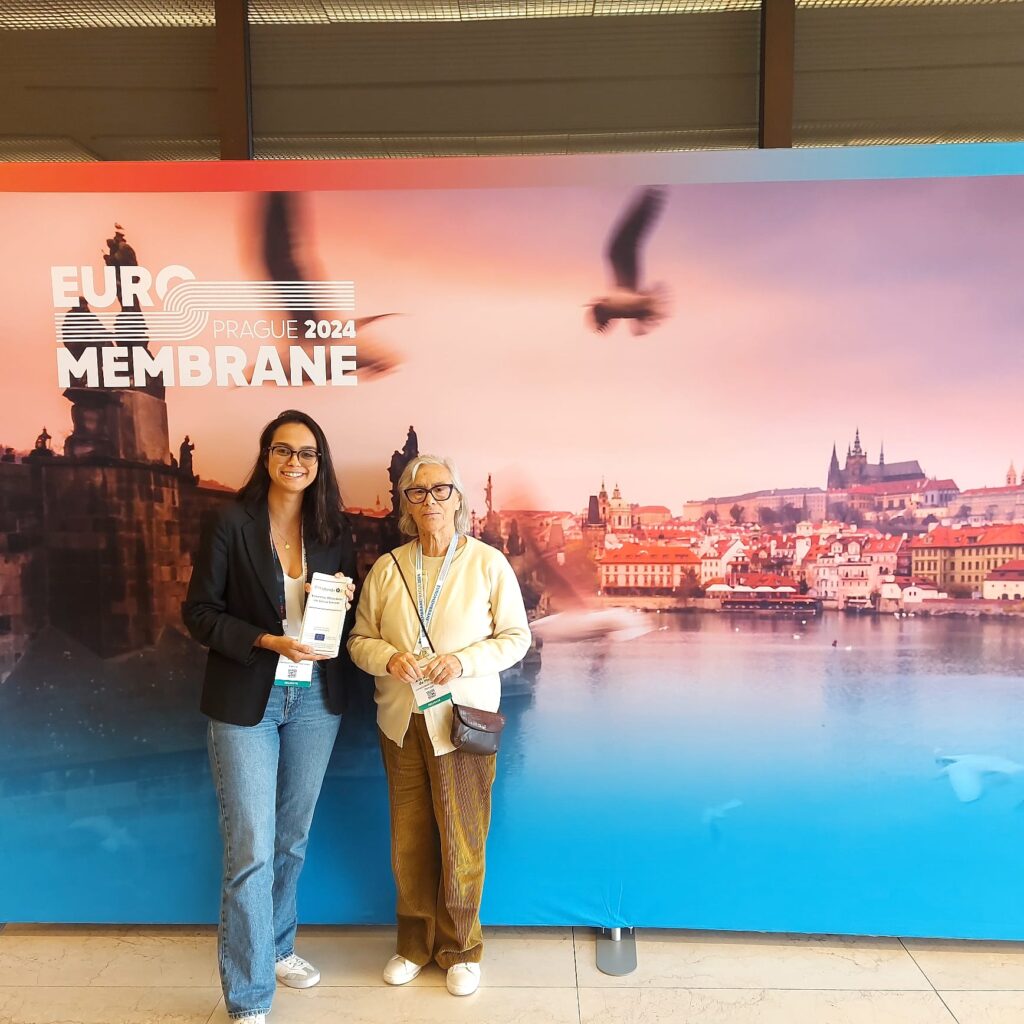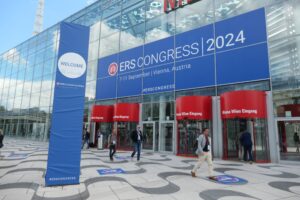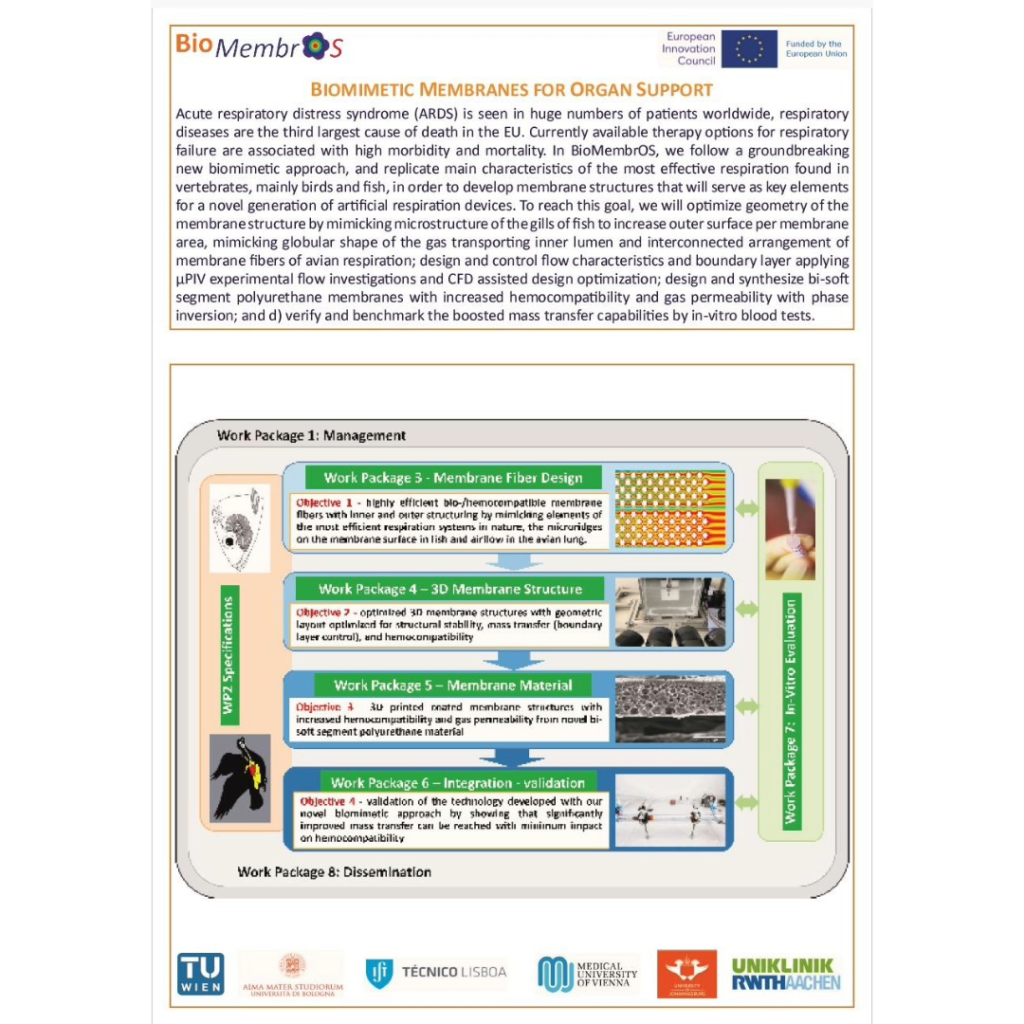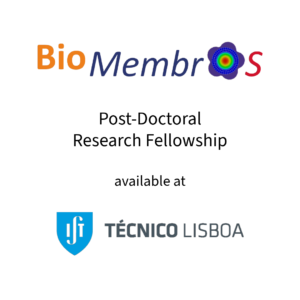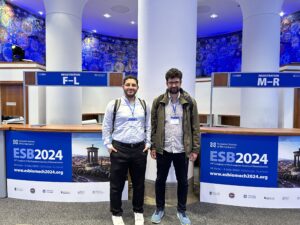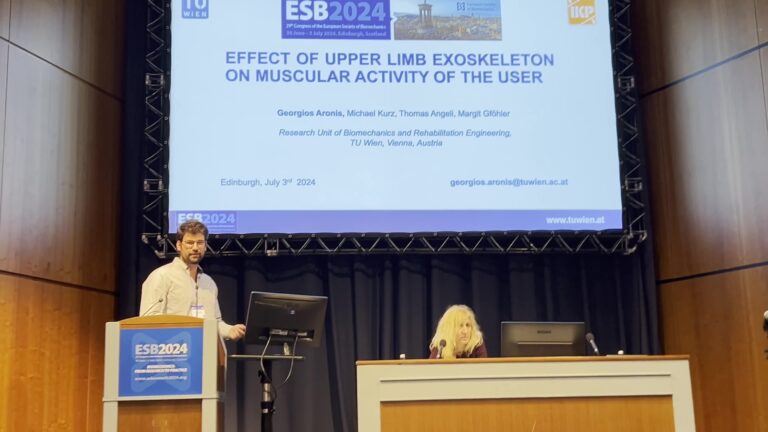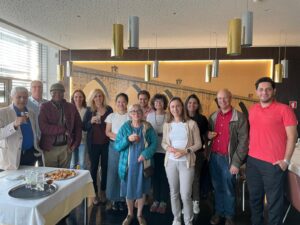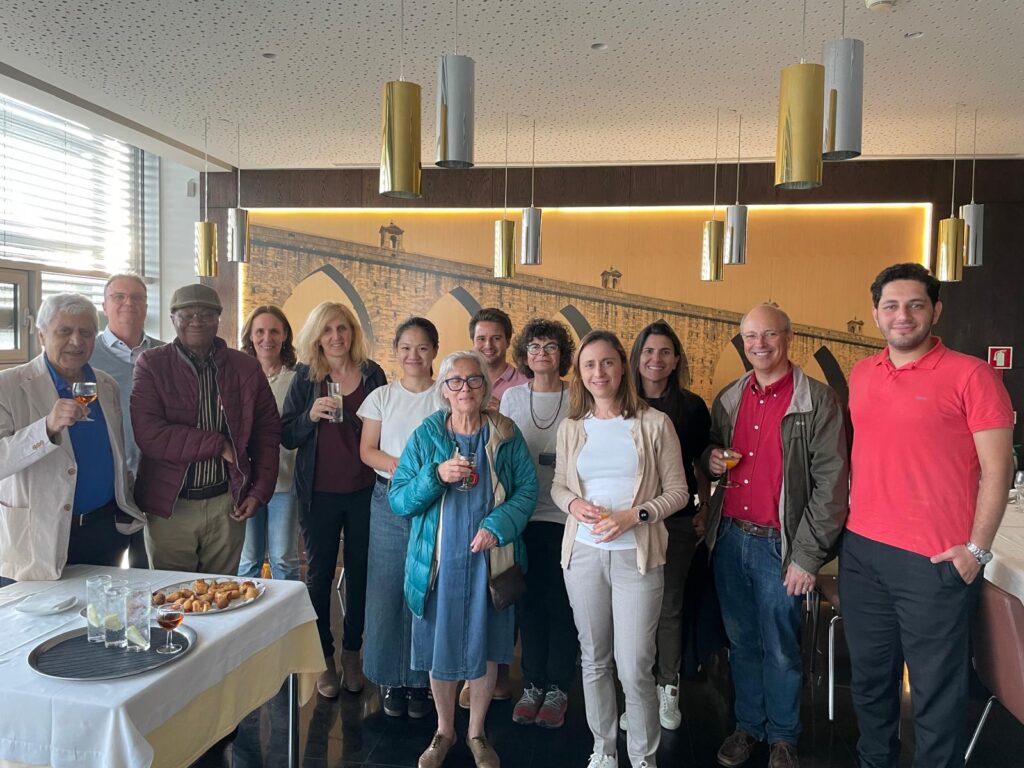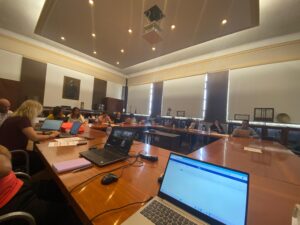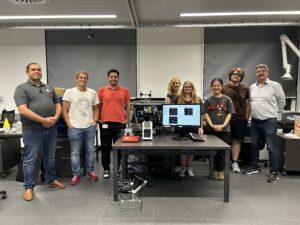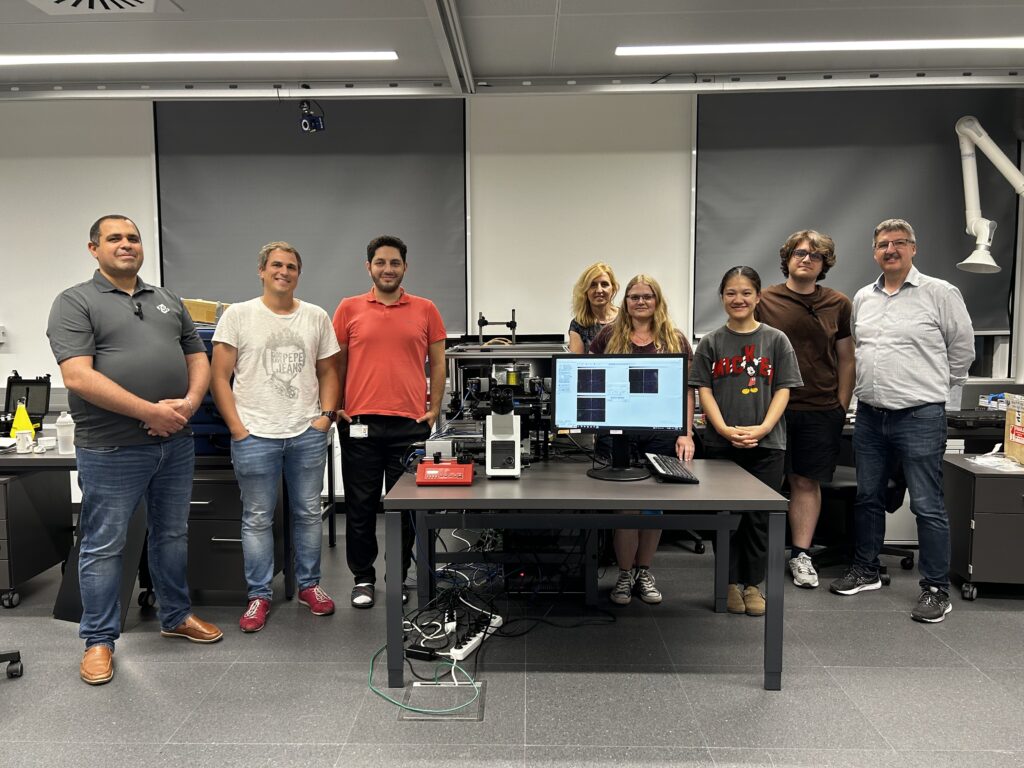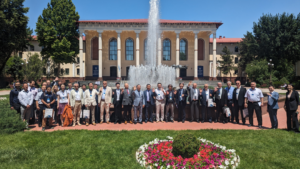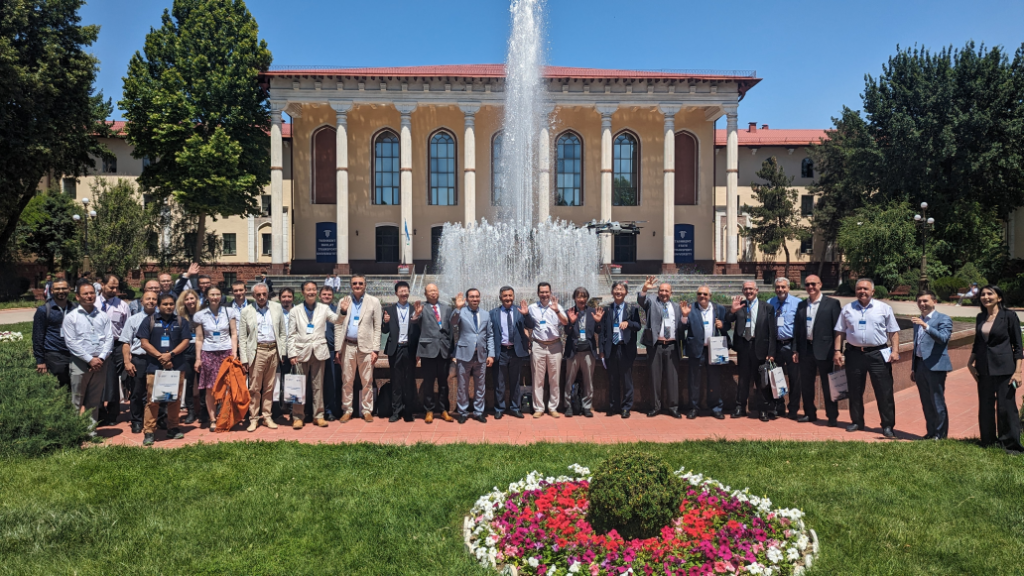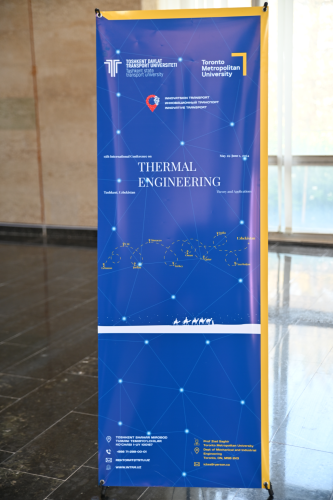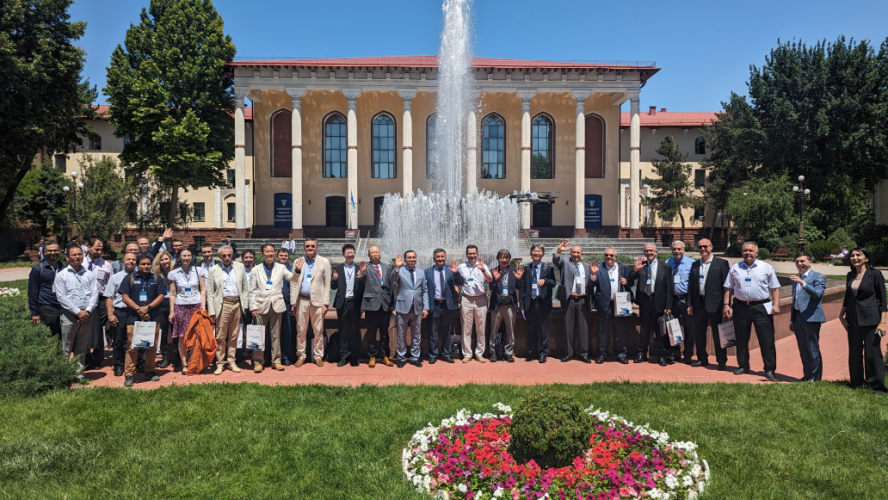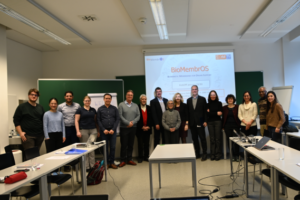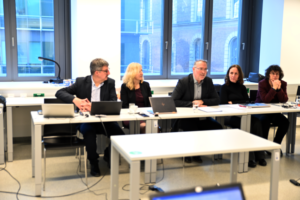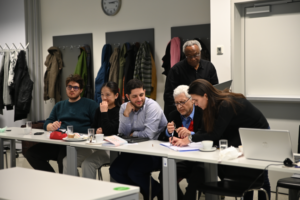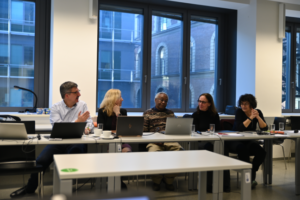
We are proud to congratulate our PhD Researcher Seyyed Hossein Monsefi Estakhrposhti on the publication of his peer-reviewed article titled „Optimizing hollow fiber membrane oxygenators: A multi-objective approach for improved gas exchange and reduced blood damage“ in the Journal of Membrane Science. This publication contributes important insights into one of the key challenges in extracorporeal life support systems: the balance between efficient gas exchange and minimizing blood trauma.
Extracorporeal Membrane Oxygenation (ECMO) is a critical life-saving technology used in the treatment of patients with severe heart and lung failure. However, its clinical application is often limited by serious complications such as hemolysis and thrombosis. These issues highlight the urgent need for improved hollow fiber membrane oxygenator (HFMO) designs that enhance performance while safeguarding biocompatibility.
This study introduces a robust multi-objective optimization framework designed to improve oxygenator efficiency and reduce blood damage. By employing a two-dimensional computational fluid dynamics (CFD) model validated through micro-PIV measurements, the research evaluates 200 configurations of hollow fiber bundles. These are defined by key geometric parameters (fiber diameter, distance-to-diameter ratio, and fiber angle) and operational conditions (blood flow rate).
Three performance objectives were investigated:
Specific CO₂ removal (representing gas exchange efficiency),
Dead-zone-to-total-area ratio (an indicator of thrombosis potential),
Hemolysis index (quantifying red blood cell damage).
These objectives were modeled using multivariate polynomial functions with unknown exponents, optimized using a modified enhanced Jaya algorithm. Both single- and multi-objective optimization strategies were applied using Pareto front analysis, followed by decision-making techniques such as weighted sum and goal programming.
Key results include a maximum specific CO₂ removal of 250.3 mLCO₂ min⁻¹ m⁻², a minimum dead-zone ratio of 0.0254%, and a hemolysis index as low as 0.011 × 10⁻³%. The study identifies the distance-to-diameter ratio as the most influential geometric factor affecting all target objectives. Optimal designs feature a small fiber diameter, low inclination angle, moderate distance-to-diameter ratio, and a high blood flow rate—demonstrating a careful balance between enhanced performance and reduced biological stress.
Published in the Journal of Membrane Science, a very prestigious journal in the field of membrane research and separation technologies, this work sets a strong foundation for the future development of safer, more efficient oxygenators for intensive care and emergency medicine applications.
You can access the full article here: https://www.sciencedirect.com/science/article/pii/S0376738825005411?via%3Dihub
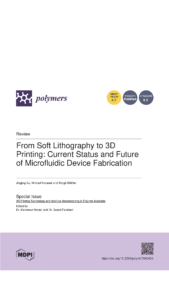
PhD Researcher Jing Jing Xu Publishes In-Depth Analysis on Microfluidic Device Fabrication in Polymers Journal
We are thrilled to congratulate our PhD Researcher, Jing Jing Xu from TU Wien, on the publication of her latest research article, „From Soft Lithography to 3D Printing: Current Status and Future of Microfluidic Device Fabrication“ in the well-regarded Polymers journal. This achievement highlights the comprehensive analysis conducted by Jing Jing Xu, where she systematically compared different fabrication methods, assessed their practical applications, and examined key factors such as efficiency, precision, and biocompatibility to provide a well-rounded perspective on the current and future landscape of microfluidic device fabrication.
Microfluidic devices play a crucial role in various scientific and industrial applications, including biomedical diagnostics, drug delivery, and chemical analysis. In her article, Jing Jing Xu explores the transformative potential of 3D printing as an alternative to traditional soft lithography techniques. The study provides an in-depth review of various 3D printing methods, particularly photopolymerization techniques, fused deposition modeling, and material jetting, and evaluates their advantages in terms of cost efficiency, geometric complexity, and material versatility.
The article also addresses key challenges limiting the widespread adoption of 3D printing for microfluidic applications, including material transparency and biocompatibility. Recent advancements in printing technologies and new material developments are highlighted, demonstrating progress in overcoming these barriers. Additionally, the study discusses future trends such as improvements in printing resolution and speed, the emergence of bioprinting for organ-on-a-chip applications, sustainability considerations, and the impact of regulatory frameworks on the field.
Published in Polymers, a peer-reviewed journal known for its focus on polymer science and engineering, this research provides valuable insights into the evolving landscape of microfluidic device fabrication. By bridging the gap between traditional and emerging fabrication techniques, this review offers researchers and engineers a clearer understanding of the strengths and limitations of each approach, aiding in the selection of the most suitable methods for specific applications.
We extend our heartfelt congratulations to Jing Jing Xu for this valuable contribution and look forward to seeing her continued impact in the field of polymer science and microfluidics.
For more details, you can access the full article in Polymers: https://www.mdpi.com/2073-4360/17/4/455.


